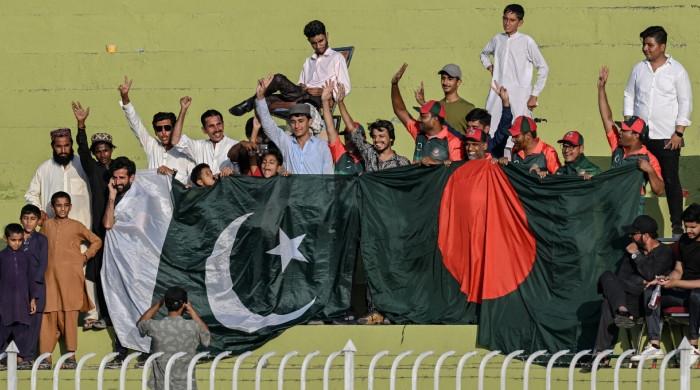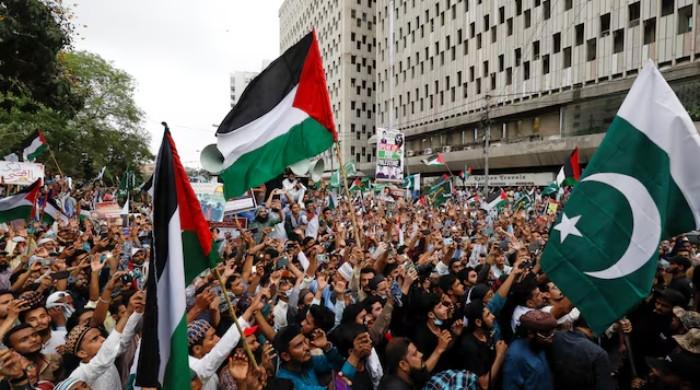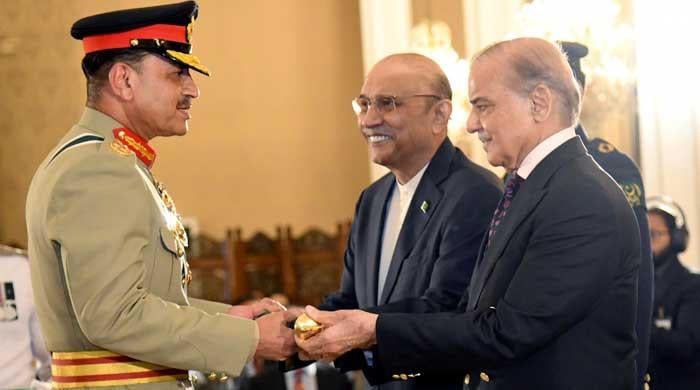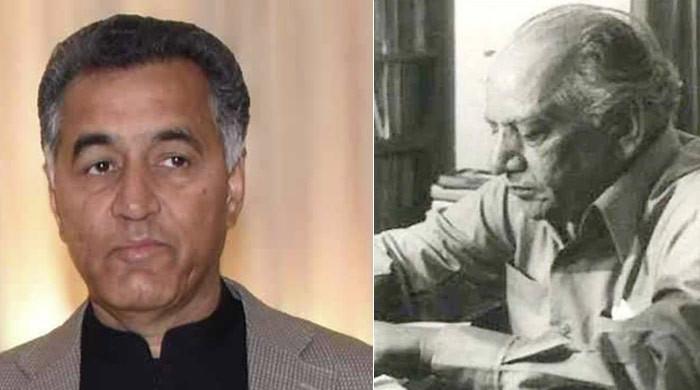So, who won?
Modi, hostage to his hate cabal and divisive politics, might recant and plunge region once again into catastrophic war
May 13, 2025
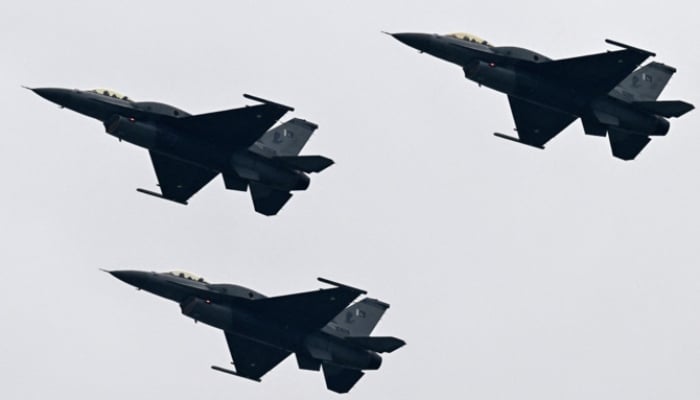
The question that naturally arises after the military denouement of the tense standoff between India and Pakistan is: who won? The answer lies in comparing aims.
According to the doyen of military strategy, Clausewitz, the military aim of a war is derived from the political aim, since war is a continuation of politics by other means. Let us see, in light of Clausewitz's timeless maxim, what India's military aim was and what military objectives were derived from that aim.
India's political aim for the war was a product of the hubris that had gripped the country ever since the ascension of the BJP-RSS combo to the political totem pole. That hauteur drove Indian strategic thinking, which became a victim of its own megalomania.
The symbiosis of religious extremism, political expediency and corporate greed resulted in a polity dominated by a narrative of hate that did not brook pluralism and diversity. The template of winning elections through communal hatred — refined into a fine art by the butcher of Gujarat aka Modi — was the impelling force of the present standoff that led to a short war of 72 hours between the two countries.
Let us evaluate the political aims of the two countries first. The Indian political aim was to impose a conventional war upon Pakistan, branding it a terrorism-supporting country, in order to pressurise Pakistan into a precipitate request for international mediation from a position of weakness. The purpose was to force Pakistan into a compromise over its Kashmir policy and its stance on the Indus Water Treaty. An incidental advantage accruing to India from this political war aim was to win state elections in Bihar and later in West Bengal.
Pakistan's war aim was to defend itself and deny India any space for coercion. The military aim derived from that nebulous political aim by the Indian armed forces was to strike Pakistan's madrassas and mosques, painting them as terrorist camps, and later to engage the Pakistan Army and Air Force in a limited conventional war.
To achieve these war aims, the Indian armed forces were ill-prepared in motivational, training, and combat systems domains. Confronted with the difficulty and vagueness of the political aim, some conscientious observers in their armed forces raised objections to the clarity and practicality of the war aims but were summarily dismissed.
The Indian armed forces opened the first salvo on the night of May 6/7 and, by doing so, crossed the Rubicon that marked the boundary of nuclear deterrence. Around seven civilian sites were attacked with missiles, causing damage to civilian infrastructure and resulting in 36 deaths of innocent men, women and children. Pakistan responded by activating its air defences and scrambling its air force.
The PAF bested the IAF in a climactic standoff air battle in which five Indian high-performance jets, including the much-vaunted Rafales, were shot down in the span of a few hours. The loss of the Rafales was a psychological shock for Indians, who had reposed too much trust in these expensive air gladiators.
The short and intense air skirmish showed that the platform-centric IAF was no match for the network-centric and systems-integrated response of the PAF, which had trained and fought as a 'Kill System' – a consequence of better training, technological synergy and motivation.
Faced with this humiliation and fearful of a Pakistani operational response aimed at restoring nuclear deterrence, India's military planners lost their script and began desultory airspace incursions through loitering munitions like Harop drones. The aim was to map out Pakistan's air defences, destroy opportunity targets and cause panic among the population to break Pakistan's will to fight.
The drone attacks were followed up with missile strikes using BrahMos cruise missiles against the Nur Khan, Shorkot, Bholarii, Jacobabad and Rafiqui airbases of Pakistan on May 9. A few missiles launched from Adampur fell in Indian territory due to an effective response by Pakistan's air defence forces. Eighty-four drones were destroyed and several missiles were disabled or misdirected due to errors induced in their software.
Pakistan, faced with this provocation, ultimately responded by launching Operation Bunyanun Marsoos (Iron Wall) on May 10, targeting 26 military targets in mainland India, including Uri, KG Top and Nowshera brigade headquarters in IIOJK across the LOC. Familiar names like Halwara, Sirsa, Ambala, Jammu, Mamun, Naliya, Kandla, Bhuj, Suratgarh, Punch and Rajauri resurfaced, evoking memories of past wars with India.
Pakistan's response — through Fateh I and II guided missiles, drones, and air-launched weapons — was devastating. Indian airbases and the BrahMos missile site at Adampur burned, while India lost over 50 soldiers on the LOC due to the devastatingly accurate fire from Pakistan's artillery, heavy mortars and small arms.
The Indians, in their pursuit of nebulous war aims, had made some fatal assumptions. The first assumption was that a short and limited conventional war on Pakistan could be imposed and won. That assumption was belied by Pakistan's strong military response, which poked holes in Indian defences and the much-hyped S-400 BMD weapon system.
With an S-400 system successfully targeted by a hypersonic missile, Indian military planners realised the gravity of the situation. Denuded of BMD support and faced with a better-trained and networked PAF, the Indians did not dare launch their armoured forces south of the Sutlej in Bahawalpur or Rajasthan further south. Had they done so, they would have received a worse drubbing due to the superior, systems-integrated mechanised component of the Pakistan Army.
The staggering losses of $83 billion to the Indian economy due to a hiatus in economic activity were another reason for a sobering realisation in India that the false flag operation in Pahalgam and the subsequent attacks on Pakistan had miscarried.
Pakistan, on the contrary, achieved its political war aim of preventing a conventional war and defending its territory through a superior application of military strategy that delivered a lethal air and ground punch, leaving Indian decision-makers rattled. On the diplomatic front, Pakistan achieved a major victory as the world recognised the Kashmir dispute as an international issue, and the US offered mediation between the two countries.
For India, it is a time of comeuppance, as the seeds of hatred and hubris sown by ideologically driven politics under Modi and his 'Gang of Four' — Jaishankar, Rajnath, Amit Shah and Ajit Doval — have grown into poisonous weeds that threaten regional peace as well as their own political survival. The biggest danger is that a cornered Modi, being a hostage to his hate cabal and divisive politics, might recant and plunge the region once again into a catastrophic war.
The writer is a security and defence analyst. He can be reached at: [email protected]
Disclaimer: The viewpoints expressed in this piece are the writer's own and don't necessarily reflect Geo.tv's editorial policy.
Originally published in The News






